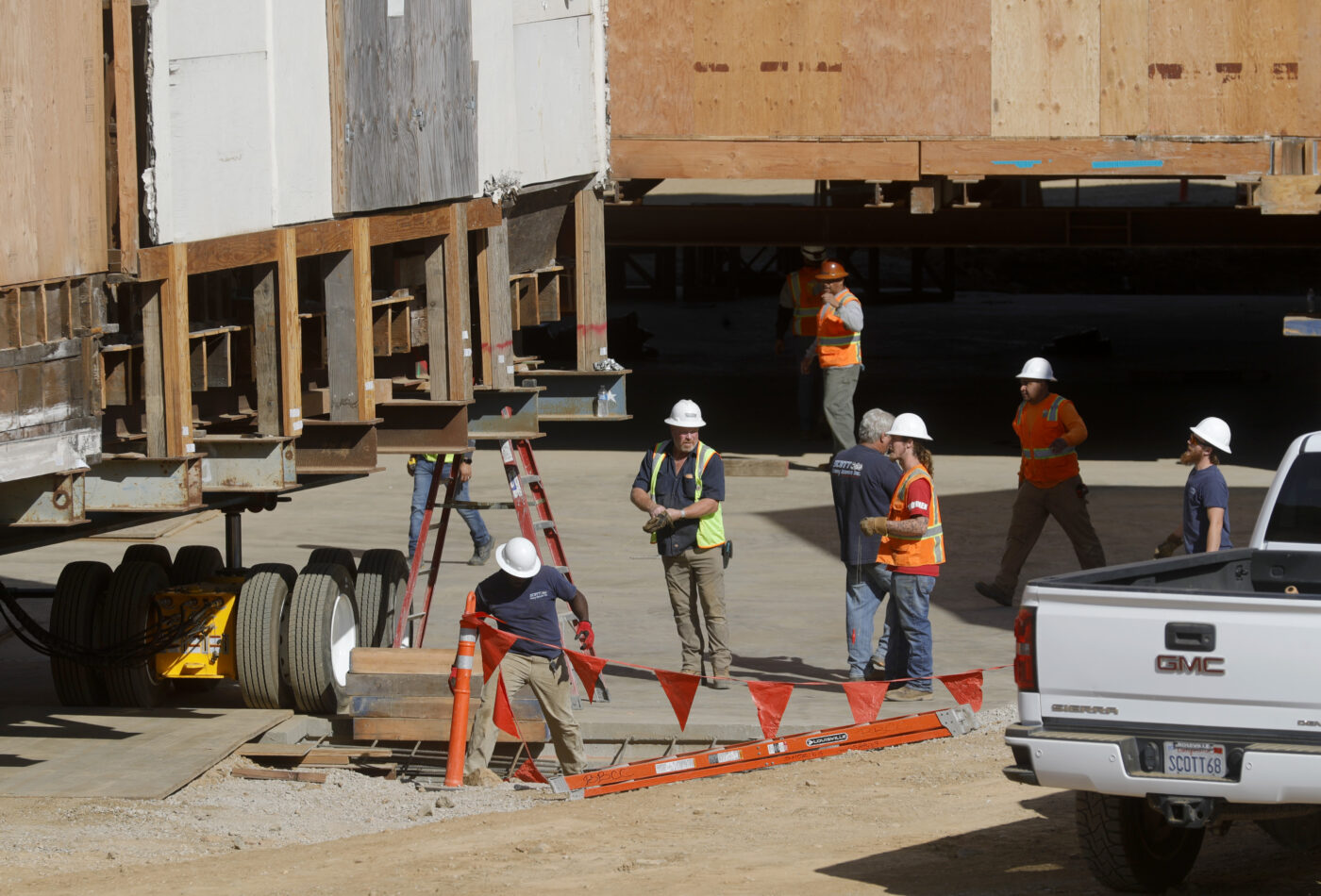Developers in downtown Oakland are facing a nationwide shortage of subsurface distribution transformers, critical components needed to connect buildings to the electrical grid.
The shortage has led to massive backlogs, creating hurdles for an industry already grappling with challenges in building essential housing, the Mercury News reported.
oWow, a developer, was surprised to learn that the transformers crucial for its new 19-story, 236-unit apartment tower wouldn’t be available until the second half of 2024, potentially leaving the building vacant despite high demand from renters.
Pacific Gas & Electric said that about 540 of its customers in Northern and Central California are awaiting transformers, with 40 percent of them located in the Bay Area. In response, PG&E offered customers the choice to either wait for the delayed equipment or redesign their projects.
The dilemma has put projects, like oWow’s tower on 1510 Webster Street in Oakland, at risk of delayed move-in dates.
The shortage, originating in 2018 when the Trump administration imposed tariffs on Chinese transformers, has been exacerbated by pandemic-related supply chain delays.
Developers are now experiencing delays of 18 to 24 months in obtaining transformers, compared to the previous three to four weeks. Lisa Vorderbrueggen, legislative affairs director for the Building Industry Association of the Bay Area, noted that the shortage took the industry by surprise.
PG&E stated that manufacturing constraints will likely limit subsurface transformer availability through the first half of 2024, with no clear resolution date.
The scarcity is particularly acute for subsurface transformers, critical for high-density housing developments promoted by cities like Oakland, San Francisco, San Jose, and Berkeley.
The cities are pushing for electrification and banning natural gas in new buildings, increasing the demand for electrical equipment.
Developers are forced to navigate through various constraints, with the transformer shortage being an additional challenge. PG&E is working with developers like oWow to minimize delays, but even a few weeks’ setback could result in significant financial losses.
The shortage adds to the hurdles faced by developers in meeting the state’s regulatory push to add over 441,000 new homes by 2031 to address the housing shortage.
— Ted Glanzer
